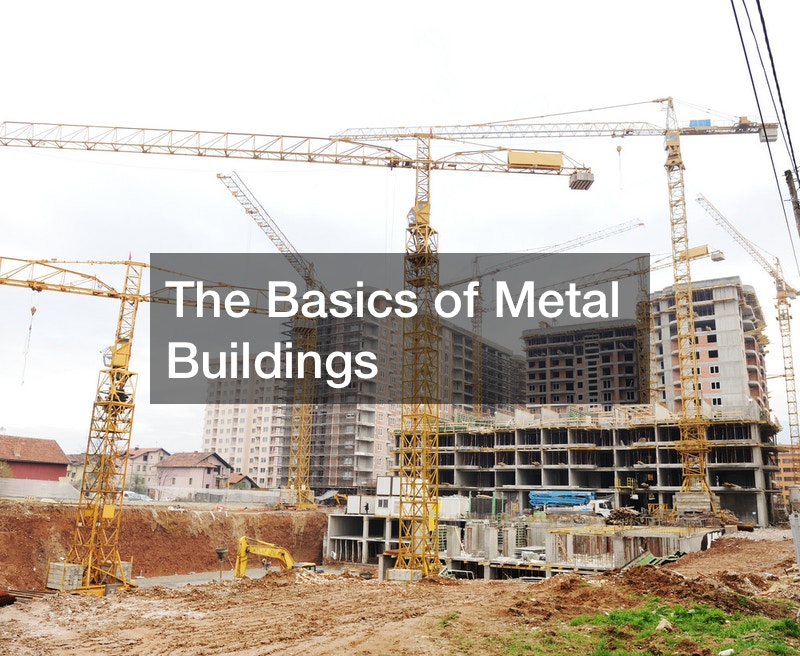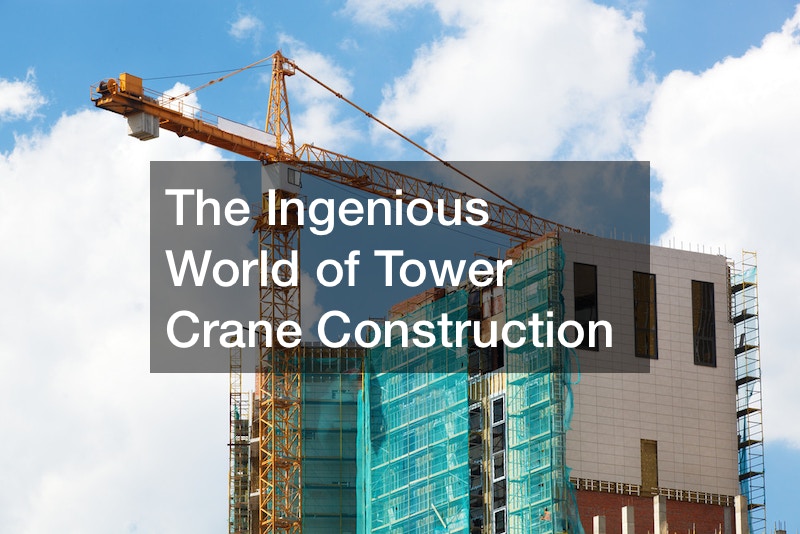
Metal buildings are the backbone of the US. They have been in use for over 100 years, and are valued because they are quick to build, are resilient and last decades, and are energy efficient. To learn more, click on the video above.
Metal buildings started being built in 1917. They were “pre-engineered” which meant unmodifiable, but could be built quickly and were very durable. During the 20s, 30s, and 40s, metal buildings served a variety of purposes from storage, workshops, to army barracks.

Today, metal buildings are the most popular model for low-rise buildings. Steel frames build a strong skeleton for a building, with metal roofs lasting for 40+ years. Modern computer engineering allows for custom layouts. It’s a far cry from the pre-engineered fortresses built in the early 20th Century.
Metal buildings are also very eco-friendly. Metal roofs are great platforms for solar panels, and the steel used is 50-55% recycled. In fact, steel is the most recycled material in the country, meaning job site waste is minimal.
Energy insulation in metal buildings also aids in it’s relatively green nature. The insulation leads to lower energy usage, and less heating or cooling is needed. This means less waste from generators or HVAC systems.
All in all, metal buildings are quick, lasting, and efficient ways to raise structures that can be used as showrooms, churches, office buildings, warehouses, and more.



